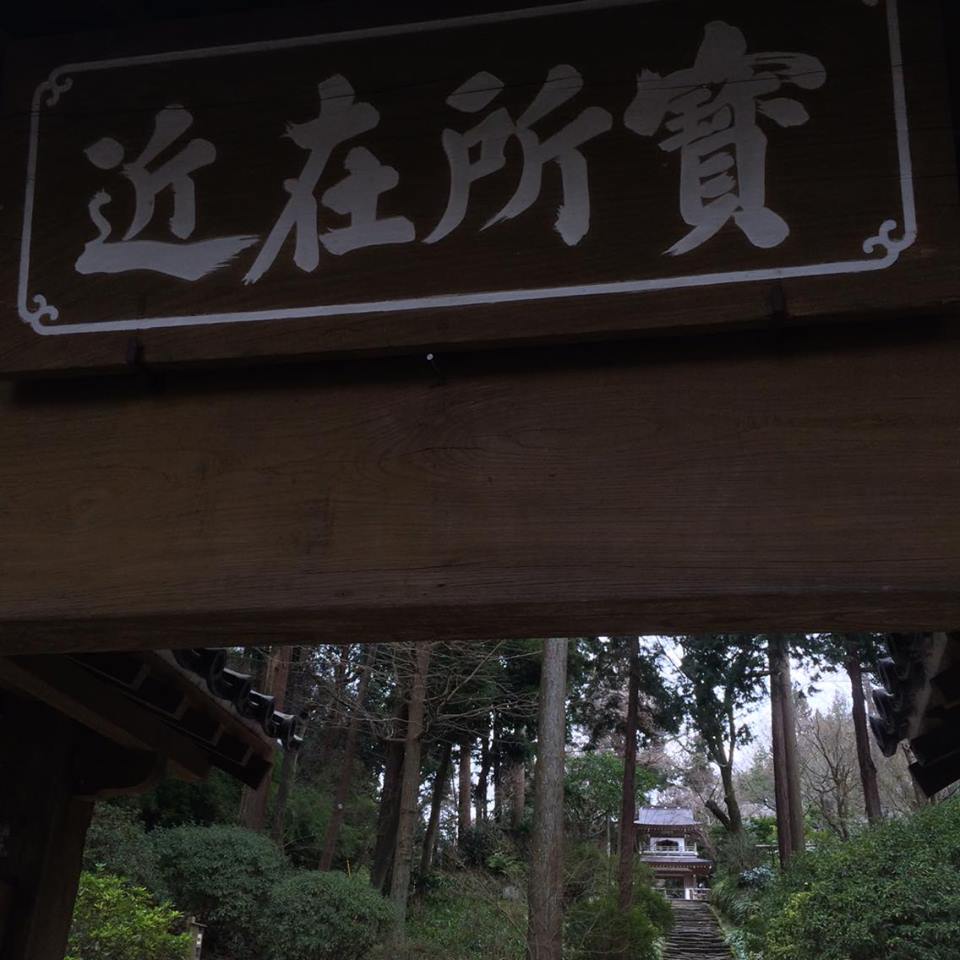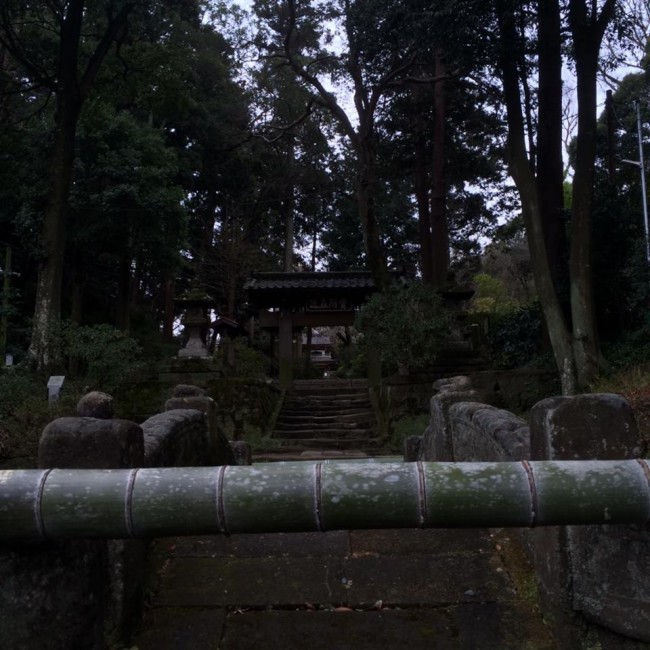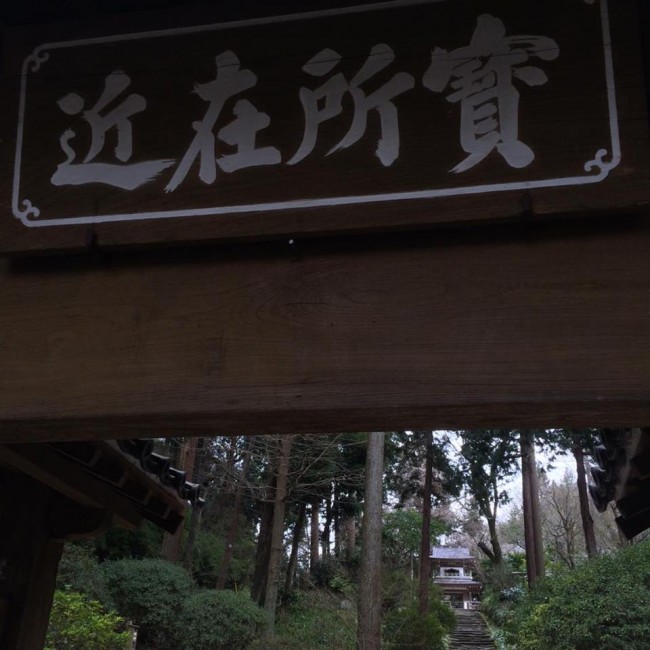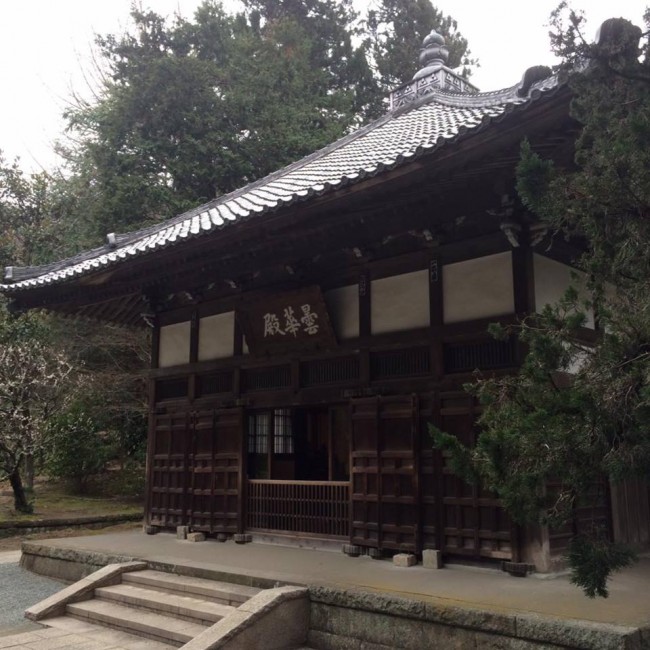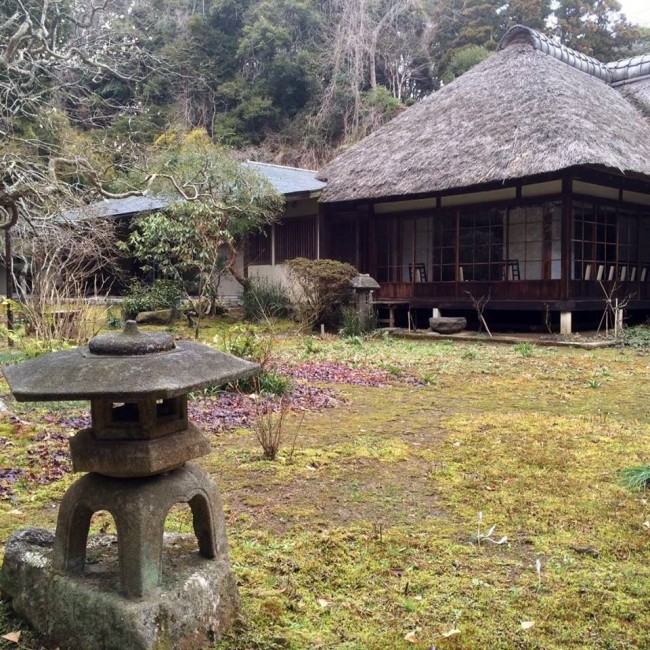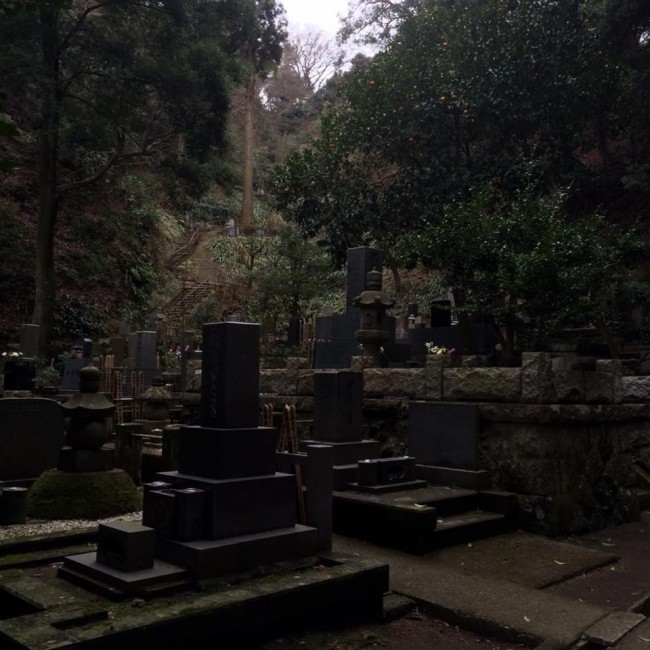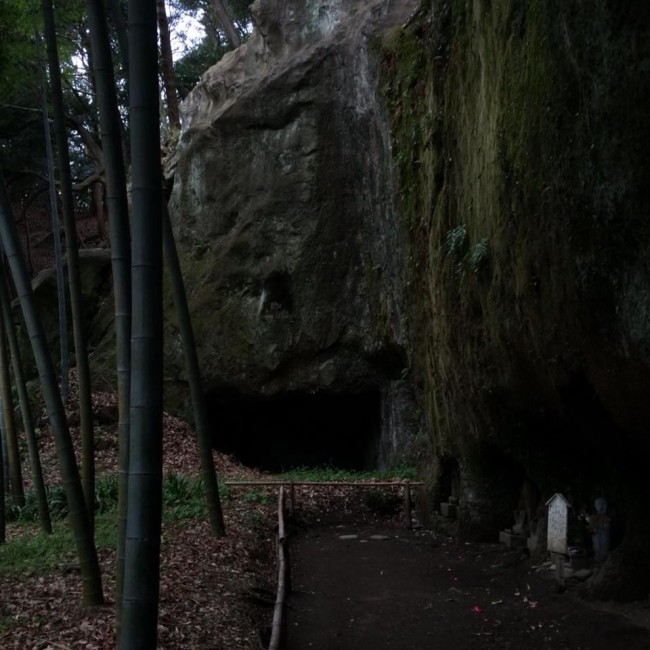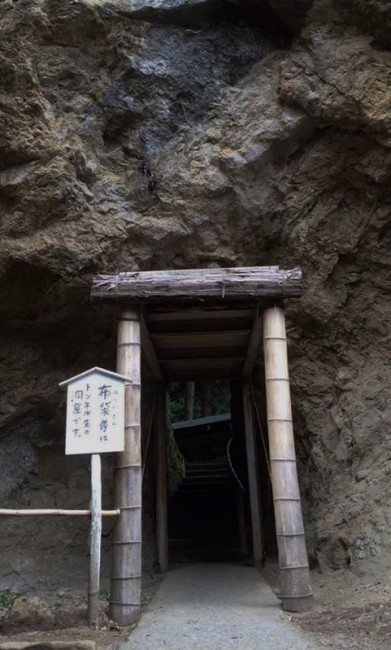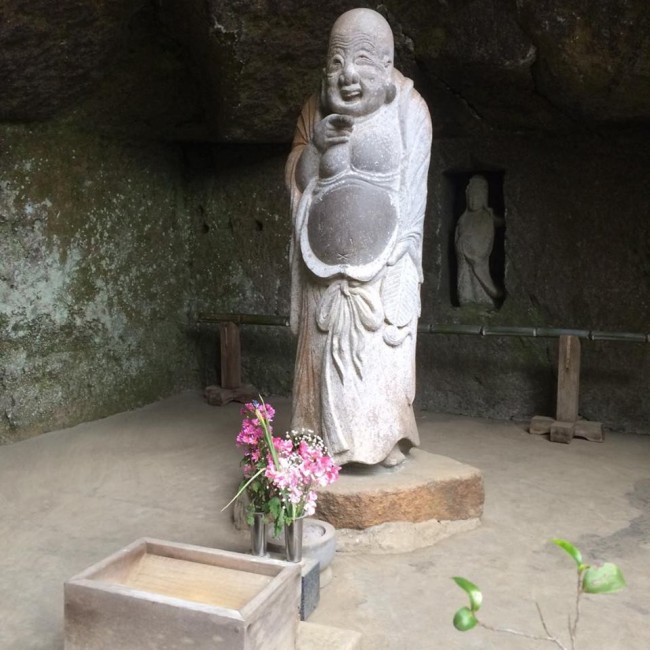A temple has a way of defying time, that notched increment marked to our eyes by the same analog arrows each day. We revisit hours, remember years gone by; find ourselves thinking thoughts from earlier on into the future. Erected in 1281, Jochi-ji’s clock-less tower is the landmark for a timeless temple. Jochi-ji commemorates the past, present, and future.
Hiking Kamakura, the Jochi-ji temple entryway is a small stretch from the Daibutsu hiking trail’s head, just five minutes south of Kita-Kamakura station’s west exit. Angled at a gradual incline beyond the boldly emblazoned gate rolls a smooth pathway partially shaded by a stand of trees. A ticket booth stands at the top end.
Buddha absent at the temple booth, only an obaa-san (a term of endearment for older women) will grant you entry into holy grounds and hand you a ticket. Here you receive a slip of paper proving your purchase, allowing free return to the temple. A waist-high bamboo barricade fortifies Jochi-ji’s front plaza, overseen by the vigilant obaa-san.
Entering, the steward will tell you to follow Jochi-ji’s course. Marked by arrows just above the ground, the circuit moves forward like clockwork. There’s no need worrying about being chased away given an errant step.
Jochi-ji temple’s first enclosure is not surrounded by the usual ceramic tile walls. Rather, it’s enclosed by a house of the holy and a bulky-columned tower gate. They, along with trees that would be ornamented with spring flowers had I come later, have enough presence to feel secluded distant the secular world.
The bare ground diverts to a woody walk on the right. A distant grave-in-grove seems animated by softly swaying bamboo stalks. More immediate and barely bounded by another waist-high fence is a manicured yard by a plainly visibly house. The Jochi-ji temple complex was rebuilt following the 1923 Great Kanto Earthquake, and the sight-sealed proximity to what otherwise seems an ordinary traditional Japanese house makes the view feel like a sacredly-sanctioned peep show. Catching monk movement through the dimly-lit window, I walked onwards.
The temple path combs a side of Jochi-ji’s living dome of holiness, veering inwards just short of the many gravestones. Burial grounds are coupled with empty hollows, recesses for revenants. Statues seemed to slither in my periphery, larval-white.
Backing away from the grove-grave, the trees recede. An earthen thumb pokes out from the forest, like that of a half-buried giant. Seeing a sign, you are directed towards an opening in the dirt digit. Bore through like a nail of stigma, the tunnel crops close overhead, stone swelling shut.
Coming from out the sediment, the thumb is joined to a hand that cups another hallowed bastion. Grave splints sprout from the earth in even rows. Where the rock articulates to a wrist, we catch the pulse of the temple. In a hollow is a Buddha with a prominent belly. His robes hang down from his broad grin, slackening over a pot-bellied girth. Rub his belly for good luck, and add your touch to the tarnish.
Continue the temple circuit to its close, past where the earthen thumb pinches the big-bellied place small. The path broaches a graded opening, sand-specked by a couple small structures. At the right is the entrance to the prayer pavilion from earlier, doors shut. I chose to flick my feet through the low gate by the entry booth, a tuft of temple.
My clockwork circuit of Jochi-ji temple finished after bending my back through the little temple gate, as the obaa-san was sitting inside her booth. Then, and again with a revisit, my time with Jochi-ji temple was over.
Access: From Kita-Kamakura station’s west exit, go south for five minutes. Just inside the beginning of the Daibutsu hiking course at right, you will see Jochi-ji temple rising from the forest.
[cft format=0]

